Expansion of chick giant Wimex
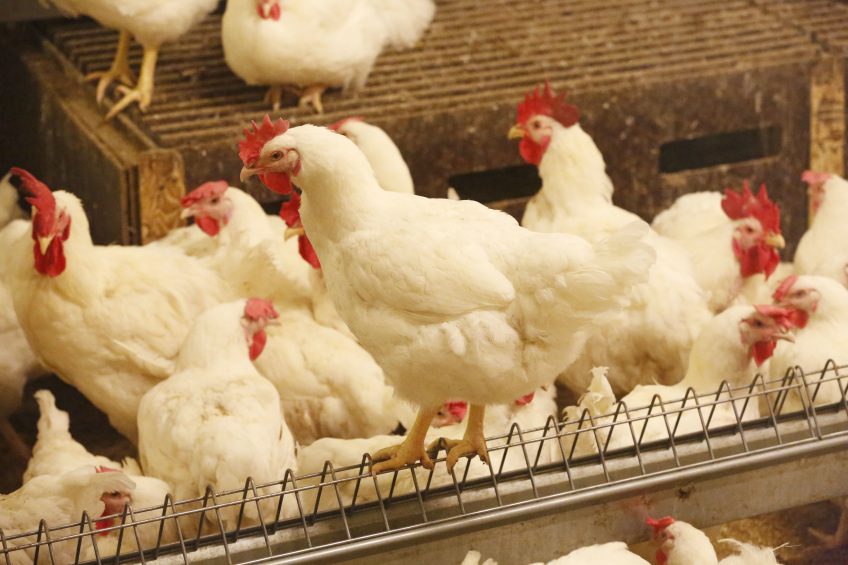
The Germany-based Wimex recently took over the Dutch hatcheries Probroed & Sloot and Lagerwey. Wimex is a market leader in hatching eggs and day-old chicks in Germany, and owns Cobb-Germany.
Wimex founder
The founder of Wimex is Gerhard Wagner (78). He is part of the board and is still intensively involved in the company. Wagner founded Wimex 31 years ago in the state of Bavaria. With 4 parent stock farms – with a total of 260,000 birds he produced hatching eggs for export to the Middle East. After the fall of the Berlin wall, the centre of the poultry production industry became situated in the East of Germany, in the states of Saxony and Saxony-Anhalt.

Leopold Graf von Drechsel
Since 2001 Mr von Drechsel has had final responsibility for the poultry branch of Wimex. Mr Von Drechsel has worked for the company for 30 years and Cobb-Germany was established under his supervision. Cobb-Germany is a 100% daughter of Wimex and functions as a franchisee of breeding organisation Cobb. In addition Wimex has a 40% interest in Cobb-Spain. Mr Von Drechsel knows every last detail of the company, the staff included. He greets everyone and has a talk with an employee every now and then.
Wimex’s farm designers ahead of their time
Von Drechsel says that Wimex built its first brand new farm in the East of Germany in 2002. Up until then, existing companies were bought and renovated. Standing in front of one of the 3 farms with parent stock in Radefeld, Von Drechsel says the infrastructure at the 40 year old farms is great. The houses with company housing and shower room perfectly comply with today’s standards. Von Drechsel: “The designers were far ahead of their time. Although there was a lot of manual labour in the past.”
Integration model
Unlike the Dutch broiler sector the production chain of Wimex is fully integrated. The company controls everything, from grandparents and parent stock to hatcheries. The company has been active with hatcheries in the Netherlands for some years now. In 2014 Probroed & Sloot was taken over from Agrifirm, ForFarmers and cooperation Cobroeders. Earlier this year hatchery Lagerwey in Lunteren was purchased.
Untreated beaks do not need to be sharp
Taking a look at Wimex’ grandparents is not an option. Hygiene regulations are strict. The broiler grandparents can be viewed from behind the glass. In the East of Germany all broiler grandparent stock of Wimex is free of mycoplasma gallisepticum (MG) and mycoplasma synoviae (MS). Parent stock has untreated beaks and full combs. There is a chain feeding installation, which was a considered choice – as pecking in the trough makes the beaks less sharp.
Wimex produces its own poultry feed
Wimex produces its feed by itself, annually 100,000 tonnes. The grains for the feed are home-grown. For the parent stock and pullets feed is produced behind the office of the executive board in Baasdorf. Accounting is in Regenstauf, Bavaria. The feed for grandparent stock is grown at a different location and stored and transported separately. This to prevent carry-over of Salmonella in the feed of grandparent stock.
Moving into East Germany
The first years after the fall of the East German wall, Wimex bought companies in East Germany year after year. According to Von Drechsel, there are a few advantages to investing in East Germany: the staff is very skilled, a permit is acquired easily, infrastructure at the companies is good and the livestock density low, keeping infection levels small.
More than chickens
Wimex owns more than 8,000 hectares of arable land for the production of feed. In the early 90s they were forced to invest in land as it was very difficult to dispose of poultry litter in East Germany. Since 2001 Wimex has also grown field grown vegetables on a large scale, with 800 hectares in 2016. In the fields surrounding Köthen, groups of personnel who are busy with their harvests can be found anywhere. Radish and carrots are important crops. Given the high volume Wimex directly sells to Germany’s major retailers, such as Edeka, in Köthen, a town with about 30,000 inhabitants where Wimex is the major employer, Von Drechsel says.
Precision farming technology
Two other branches of Wimex are developing information technology for precision farming and production of sustainable energy, fermentation and solar energy. The location of the latter is interesting. At an old military airport from the GDR period 230 hectares of hardened terrain are filled with solar panels. The hangars are used for storage of litter for the fermenter. The fermenters operate on 70% manure, silage from a nature conservation area and a small percentage of corn. In time the corn will be replaced by manure. The combined capacity of the 4 biogas plants is 2.55 megawatt. At the same terrain 70,000 breeders are housed in hen houses. The corresponding rearing barn is located a bit further, in Zebnits. Hens and cockerels are housed in separate barns and the hens are sorted according to weight. The lighter birds get more feed and the feeding time is longer, in order to create a uniform flock.

Contract delivery
Wimex owns 36 grandparent farms in Germany. On an annual basis they sell 10 million chicks in 21 countries, all Cobb. The number of companies with parent stock is 97, with a combined production of 450 million hatching eggs. A large production location for hatching eggs is Rosefeld. There are 6 farms of 220,000 breeders of meat-producing chicks, all of the same age.
The eggs move to Wimex hatcheries and the chicks are already sold. Wimex barely appears on the spot market. All is delivered by contract. Due to the increasing segmentation in the market planning is becoming more and more complex, Von Drechsel explains. For the broiler sector the company hatches 60% Cobb, a fraction Hubbard and the rest is Ross. Important buyers of day-old chicks are processors Plukon and Sprehe Group. The company also has an annual production of 8 million broilers, but this is not its main activity.
4 million chicks per week
Wimex has three hatcheries for broilers in Germany and one for parent stock, in Wiesenena. The total hatching capacity is 4 million chicks per week. The hatching capacity in the Netherlands is 5.7 million chicks per week, since the take-over of Lagerwey in Lunteren, earlier this year. In the West German towns of Elsnigk and Vreden, Wimex is building two new hatcheries. Both have a capacity of 1.2 million chicks per week. The hatchery in Elsnigk started up in December. In Vreden it took longer to acquire the permits, that is why the hatchery will not be ready before this year’s spring.
Only last phase incubation
The new hatcheries increase the total hatching capacity. They only focus on last phase incubation, starting from 18 days. Both hatcheries are equipped with Hatchcare technique and are built to grow. The building in Elsnigk is large enough to double the capacity to 2.4 million chicks per week.
INTERVIEW
Poultry World asks Leopold Graf von Drechsel about his strategy
3 matters determine the agenda of Leopold Graf von Drechsel:
- Wimex,
- The Zentralverband der Deutschen Geflügelwirtschaft (the German sector association which is chaired by him, ed.) and
- His wife.
However, the latter feels like the more flexible variable, he shares laughing.

The Wimex-director is a great talker and can effortlessly fill an entire evening with his talking. His distinguished appearance and the fact that he is assisted by an assistant, immediately shows that he is in charge. Nevertheless, he is accessible and is open to conversations with employees, whom he all seems to know personally. Every now and then Von Drechsel comes to the Netherlands.
Why do you buy Dutch hatcheries?
“This has more or less happened to us, it was not a matter of strategy. In 2005 we bought the parent stock farm CAE Geflügel in Wandersleben of ABCTA, the forerunner of ForFarmers. After this purchase we supplied eggs to the hatcheries of Cobroed. If the Dutch shareholders ForFarmers, Agrifirm and Cobroed want to sell their hatcheries, a takeover is logical.
The takeover of Lagerwey happened in a similar way. Gerhard Wagner, founder of Wimex, is a close acquaintance and peer of Huib van der Vecht, the shareholder of poultry processor GPS and hatchery Lagerwey. Van der Vecht wanted to sell his hatchery and hatching is our core business. Both Probroed & Sloot and Lagerwey are attractive companies with a lot of perspective.”
Are synergy gains thinkable for the Netherlands and Germany?
“Absolutely. There is a wealth of knowledge of hatching and hatchery techniques in the Netherlands. In Germany we possibly have more experience with parent stock management. So we can reinforce each other. The Netherlands is more advanced in keeping slow growing strains. Wimex owns Cobb-Germany. I think that by sharing knowledge we can enhance the production and quality of Dutch breeders. An increase of scale will speed up the innovation process. For example, in 2016 we invested €20 million in early feeding technique for chicks.”
Is technical progress viable in the chain?
“I am convinced it is. Our role stops as soon as chicks hatch. But with for instance early feeding of recently hatched chicks, we see the losses in the house decline. The chicks are more vital. The first results also indicate that less antibiotics are required, an important aim for us. Nevertheless this development goes on. I think five years from now all our hatcheries will work with early feeding. Also in long distance chick transportation there is still a lot to win. We don’t know yet what the effect of water and light is for day-old chicks in the vehicle. We will study this. There are also hatchery tests for the stages prior to and during the breeding process of eggs. We want the chicks to hatch better and the percentage empty shells to decline. Eventually all the innovations we are working on are meant to deliver healthier and more vital chicks. The additional costs of for instant early feeding are relatively low and will earn themselves back.”
In late September you gave a lecture in Löningen on the future of the poultry sector. Is there a future for the sector in Germany and the Netherlands?
“Definitely, but not without due cause. If we want to keep animals in Europe, poultry units, farmers and feed must be of outstanding quality. We should work efficiently, with minimal use of resources. Everyone should be able to see how we work and we should be able to invite each customer. Our production companies sell themselves. Central and North-Western Europe distinguish themselves in animal health and animal welfare. These are topics that need to be taken seriously. Beter leven in the Netherlands helps the consumer realise things are going well in the broiler sector. Animal health, space and enrichments are helping the sector to be accepted.”
Checkout our digital magazine to read more indepth articles. Login with your current details or download the Poultry World app, available in all app stores.
Join 31,000+ subscribers
Subscribe to our newsletter to stay updated about all the need-to-know content in the poultry sector, three times a week. Beheer
Beheer
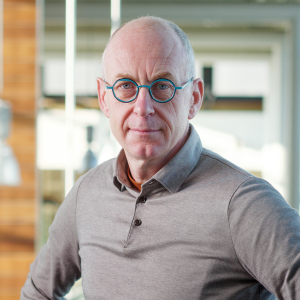
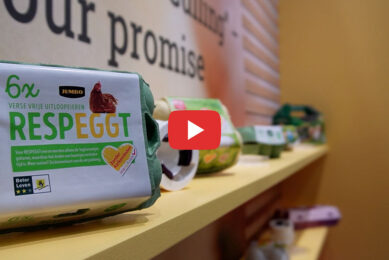
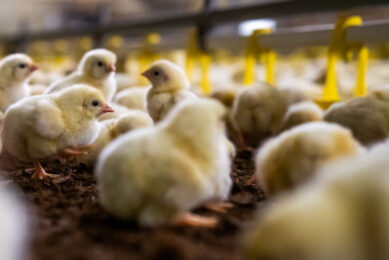
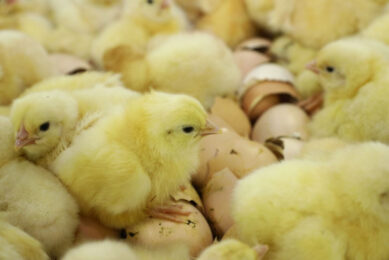
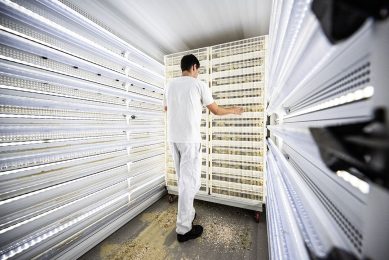



 WP Admin
WP Admin  Bewerk bericht
Bewerk bericht